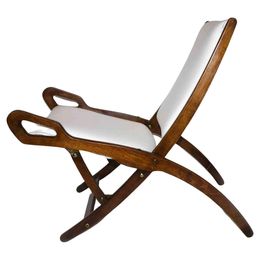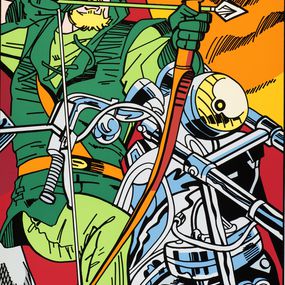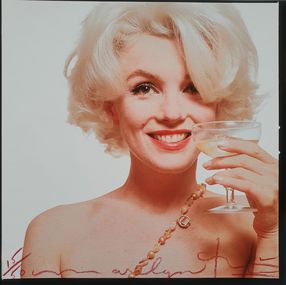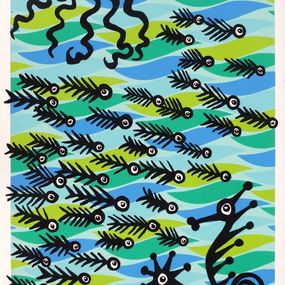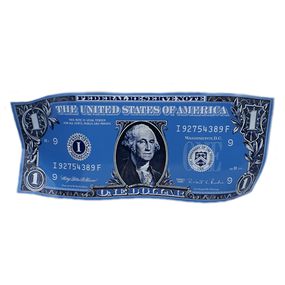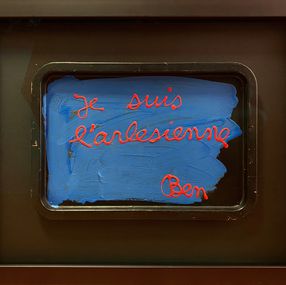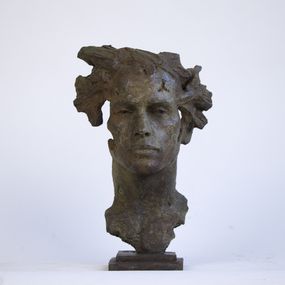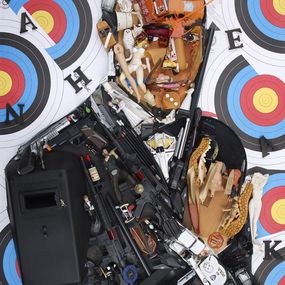
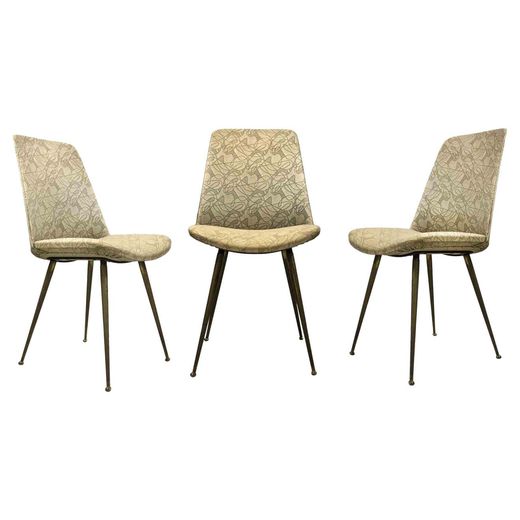
Italy
• 1891
Biography
Born in Milan in 1891, Giovanni (Gio) Ponti studied architecture at the Polytechnic. After the First World War, in which he had to serve, he worked as artistic director for the esteemed ceramic manufacturing company Richard-Ginori.
Between 1923 and 1927 he associates with the architects Mino Fiocchi and Emilio Lancia, opening his own studio in 1928, and founds the famous design magazine Domus, through whose pages (and those of Lo Stile, a magazine he will found and edit over the 1940s) Ponti influenced international taste for design for over fifty years.Around 1933 Ponti joins the engineers Antonio Fornaroli and Eugenio Soncini to create the Studio Ponti-Fornaroli-Soncini, which resolutely embraces the modernist aesthetic, and which he will work until 1945. In 1950 Ponti wins the commission for what, with its 32 floors, it will become one of the iconic buildings of the 20th century, the Pirelli Tower in Milan (built in 1965).
In 1952 Alberto Rosselli joined the Studio (which became Studio Ponti-Fornaroli-Rosselli), and even after his death in 1976 Ponti continued to work with his lifelong partner, Fornaroli. Throughout his career Ponti has juggled a number of different roles; architect, industrial designer, craftsman, professor, painter, editor and journalist. In addition to his prolific work as an architect, his designs have brought him further fame. We remember the Pavoni coffee machine in 1949, the first in the world, but also various lamps and furnishing objects designed for producers of the caliber of Cassina, Artemide, and Venini.
Nationality
Categories
Discover the movements linked to Gio Ponti
Discover similar artists
Discover our selections of works by artists
Need help finding your favorite? Consult our selection pages made for you.
Need to know more?
What are their 3 main works?
When was Gio Ponti born?
The year of birth of the artist is: 1891





